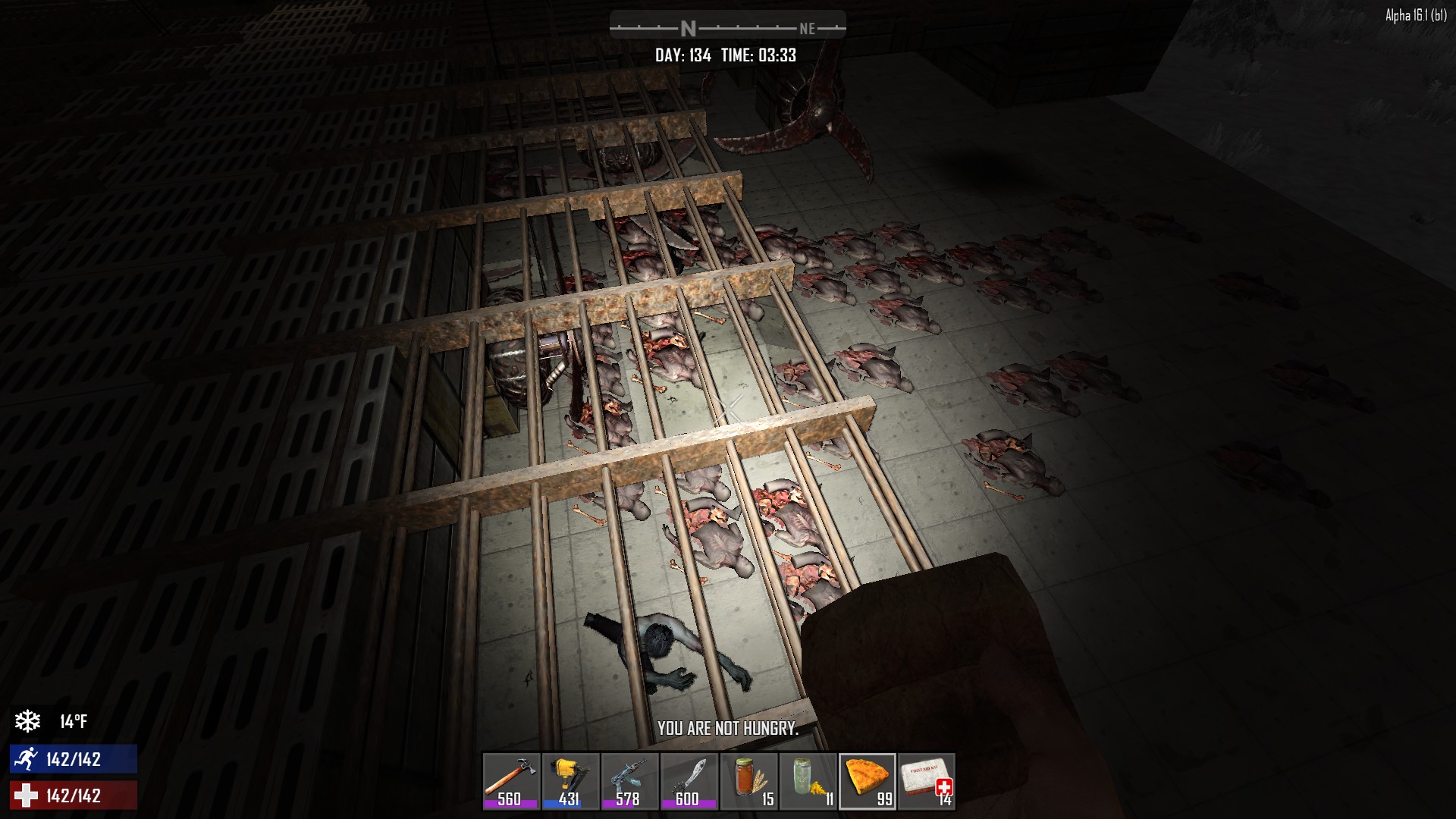

I expect that many YECs when told of these thousands of bones they will not be told about where the bones are found and how they may have been preserved. I probably sound like a broken record at this point but context is critical when asking how a location like this fits into the young earth creationist’ (YEC) viewpoint. All of the remains of mammals found thus far are of species that are extinct today.Īmong the remains there is an ancient horse species that stood at most four feet tall, several extinct rhinoceros species, a bear dog which was a bear sized animal that looked like a dog but also had bear-like features and was likely neither a bear nor a dog, several large cat species, an ancient hyena species and multiple other hoofed animals.Ĭontext is key for interpretation the history of this site: A creationist’ challenge Thus far thousands of bones belonging to at least 18 different large species of mammals have been found in addition to many remains of smaller animals. The figure to the right shows a likely history of this pit. Scientist have been excavating the pit by digging their own pit into the ancient pit sediments, revealing the past history of this site. Once filled with debris the contents of the pit were preserved through various forms of fossilization. Over time continual deposition of new sediment and unfortunate victims of falls and unwise predators resulted in filling of a pit that had started out at least 30 feet deep. This pit was about 30 feet deep and the vast majority of the fossils are found in the lower parts of the filled material. This is a diagram of a possible history of this cave/pit from the time it formed to its being completely filled. However, once in the pit they soon discovered that the walls could not be scaled thus sealing their fates.Ī figure from the supplements of the reference in this post. Why? It seems that this pit had walls that were enticing to carnivores who thought they could get into the pit and get out with the probable reward of water and a meal. But this ancient pit had a large number of carnivores. Similar pits that were simply a hidden hole that caused animals to accidentally fall in the pit are expected to contain the bones of large numbers of herbivores rather than carnivores. Similar to my previous post on “fossil” caves in South Africa ( The frequently overlooked geological context of hominid fossils) this site represents what was a extinct sinkhole of sorts. The site represents one of the best sites for fossil carnivores in Europe because of the unique circumstances under which it is thought to have formed. Since its discovery, field work at the site for more than 10 years has yielded more than 1800 fossil bones from at least 18 species of extinct large animals. People living in the area had no idea there has been a large pit there at all because it was filled prior to modern humans occupying the region.īut some curious scientist found a cluster of fossils, which, upon further examination, they came to realize were the remains of an ancient natural pitfall trap. This trap is so old that it has become completely filled with sediments and bones. Such is the case of a natural pitfall trap in Spain. Thousands of remains of Ice Age animals are found in the sediments at the base of this opening to the surface. Over years, decades, and even tens of thousands of years, remains of animals and sediments in the trap accumulate preserving a chronology of historical events that we can read today. The image below is from inside a famous natural pitfall trap in Wyoming. The surface above is rather flat and prey running from a predator sometimes fall into this hole or prey smelling the decaying remains of dead accident victims may lean over too far for a closer look and fall in themselves. Collapsed caves can leave entry holes on the surface that become hazards to local fauna.


#PITFALL TRAP UNIQUE SERIES#
You can learn a lot from a series of unfortunate events.


 0 kommentar(er)
0 kommentar(er)
